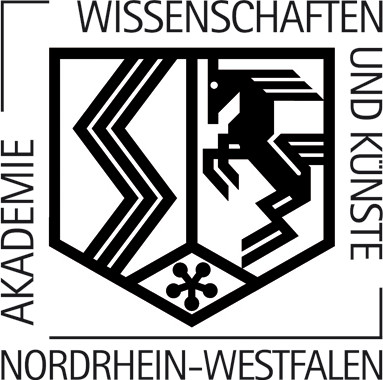Stadt, Architektur und Figur. Anmerkungen zur topographischen Borte des Megalopsychia-Mosaiks aus Yakto. Mit einer Einführung von Gunnar Brands und Sabine Schrenk (mit Tafeln 9/25)
JbAC 62 (2019) Seiten: 158-218
The so-called Megalopsychia mosaic was discovered in 1932 in Harbiye-Yakto (ancient Daphne), the once fashionable suburb of nearby Antioch-on-the-Orontes. This largesize pavement, with its mythological hunting scenes centered around a bust of Megalopsychia, is particularly renowned for its ›topographical border‹, depicting an urban landscape enlivened by different groups of people. Though the iconic mosaic has frequently, though often enough casually, been treated in scholarly literature, it still has remained enigmatic in many respects. Neither is there consent about its dating nor about the iconography of the central panel and, above all, about the border with its different layers of topographical, architectural and figurative elements. Building on the path-breaking studies of Jean Lassus (1934) and Doro Levi (1947), the present paper aims at a more detailed study of the ›topographical border‹, providing a thorough description and iconographical analysis. Additional and revised interpretations of some of the depicted scenes allow to redefine the border’s narrative and shed new light on this highly debated and often misunderstood key monument of late antique art. In order to fully assess possible pitfalls in the interpretation of the pavement, the analysis of its ›topographical border‹ is preceded by a discussion of the monument’s discovery in the 1930s as part of the ›Yakto complex‹, which includes previously unpublished evidence of the 1933 excavations.

